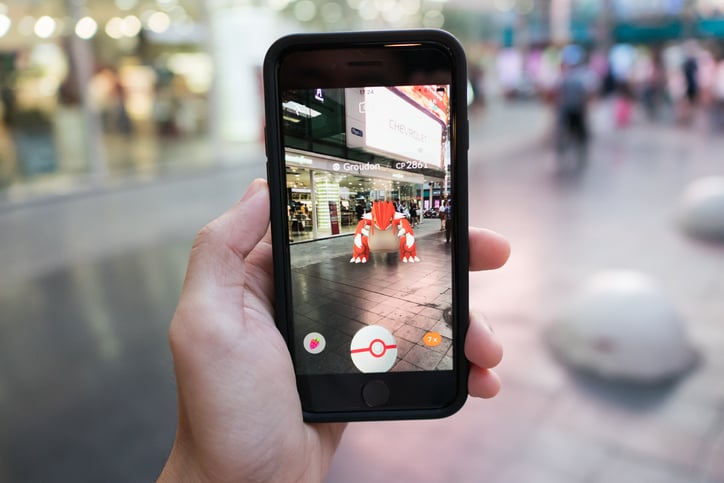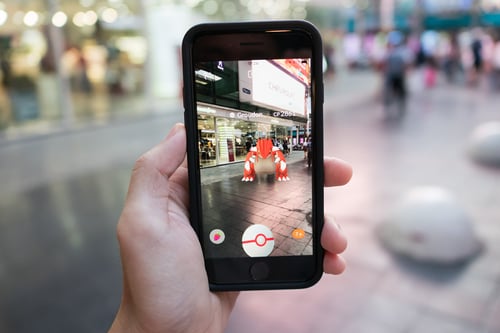Whether you are into catching Pokémons, putting Snapchat filters on your face, or seeing how a piece of IKEA furniture will fit in your home, augmented reality is here to stay. AR is a growing technology trend, but what if I, and how can you use it? Here is a brief history of augmented reality and how it can enhance remote support.



 This is especially useful when you show someone how to turn a screw, explain what cord goes where, or provide other instructions where technical support is needed. And it comes in handy when you need both hands to give instructions or guide someone through complex tasks.
This is especially useful when you show someone how to turn a screw, explain what cord goes where, or provide other instructions where technical support is needed. And it comes in handy when you need both hands to give instructions or guide someone through complex tasks.





